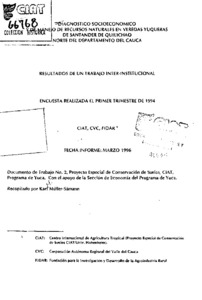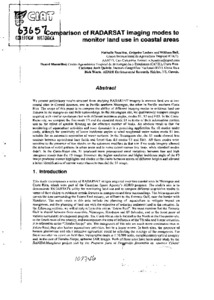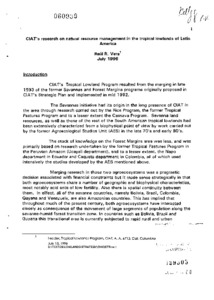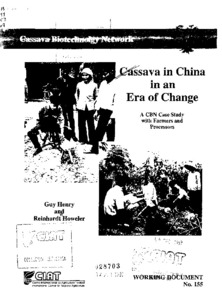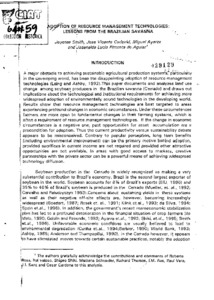Mission
To reduce hunger and poverty, and improve human nutrition in the tropics through research aimed at increasing the eco-efficiency of agriculture.
People
CIAT’s staff includes about 200 scientists. Supported by a wide array of donors, the Center collaborates with hundreds of partners to conduct high-quality research and translate the results into development impact. A Board of Trustees provides oversight of CIAT’s research and financial management.
Values
- Shared organizational ethic
- We respect each other, our partners, and the people who benefit from our work. We act with honesty, integrity, transparency, and environmental responsibility in all of our joint endeavors.
- Learning through partnerships
- We work efficiently and pragmatically together and with partners. Considering our diversity to be a key asset, we adapt readily to change and strive to improve our performance through continuous learning.
- Innovation for impact
- We develop innovative solutions to important challenges in tropical agriculture, resulting in major benefits for the people who support, participate in, and profit from our work.
Members:
Resources
Displaying 631 - 635 of 958Comparison of RADARSAT imaging modes to monitor land use in coastal areas
CIAT's research on natural resource management in the tropical lowlands of Latin America
Cassava in China in an era of change: a CBN case study with farmers and processors
Adoption of resource management technologies : lessons from the Brazilian savanna
The technological and institutional requirements needed for a broader distribution and adoption of new cropping technologies are indicated, using as example the case of changes in land use by soybean growers of the Brazilian Cerrados. In Brazil, soybean had contributed significantly to economic development, accounting for 8 percent of total exports. The current survey was conducted on a red-yellow Latosol in southeastern Minas Gerais. In 1986, 72 percent of this area was under annual crops and 11 percent under pastures.


